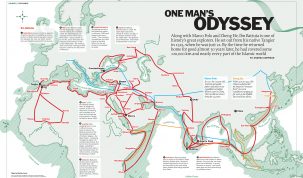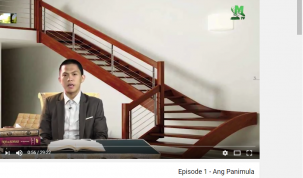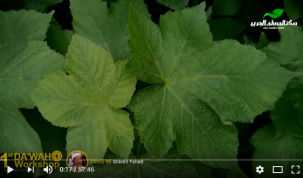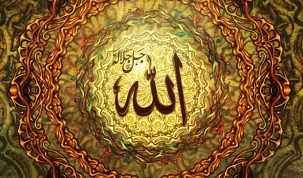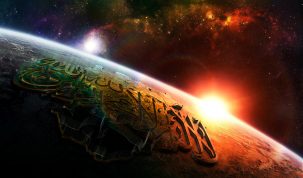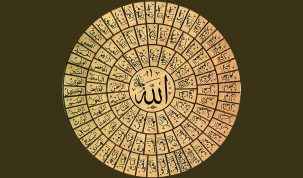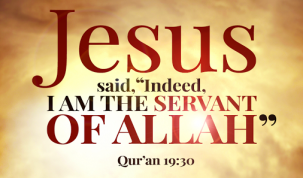“And, behold, there came a leper and worshipped him, saying, Lord, if thou wilt, thou canst make me clean.” -Matthew 8:2
“While he spake these things unto them, behold, there came a certain ruler, and worshipped him, saying, my daughter is even now dead: but come and lay thy hand upon her, and she shall live.” -Matthew 9:18
“Then they that were in the ship came and worshipped him, saying, of a truth thou art the Son of God.” -Matthew 14:33
“Then came she and worshipped him, saying, Lord, help me.” -Matthew 15:25
“Then came to him the mother of Zebedee’s children with her sons, worshipping him, and desiring a certain thing of him.” -Matthew 20:20
“And as they went to tell his disciples, behold, Jesus met them, saying, All hail. And they came and held him by the feet, and worshipped him.” -Matthew 28:9
“And when they saw him, they worshipped him: but some doubted.” -Matthew 28:17
“And when he was come out of the ship, immediately there met him out of the tombs a man with an unclean spirit…But when he saw Jesus afar off, he ran and worshipped him” -Mark 5:2, 6
“Then they worshiped him and returned to Jerusalem with great joy.â€-Luke 24:52
Grabeh no kay liman kag gisimba gyud diay si Kristo sa mga tawo, apan ato nang tagaan sa katin-awan aron kining atong mga pinangga madamlagan sa kamatuoran. Kanang pulong worship diha sa uban nga pagka hubad sa NIV sama sa Matthew 8:2 mao kini “A man with leprosy came and knelt before him and said, “Lord, if you are willing, you can make me clean.” ang pulong “worship” nahimo nang “knelt” dawbi kay layo raba kaayo neng duha sa ilang buot ipasabot although ang mga beginners sa pagtuon ug mga pinulongan basin mailad pa. Sa Matthew 9:18 miluhod sad ang gigamit ug dili misimba, “While he was saying this, a ruler came and knelt before him and said, “My daughter has just died. But come and put your hand on her, and she will live.” Timan-e, dili tungod kay miluhod buot niining ipasabot nga misimba, kay dili tanang luhod pagsimba ug dili tanang pagsimba kinahanglan nga moluhod.
Bueno, atong tubagon kana sa pipila ka mga punto:
1st point-Â Tuod gisimba nila si Kristo apan ang punto kay wala raba gyud magsugo si Kristo nga simbahon siya. Siya miingon:
“They worship me in vain; their teachings are merely human rules.†(Matthew 15:9, Mark 7:7) atong hubaron aron ma-klaro: “Kawang lamang ang ilang pagsimba kanako; kay ang ilang gitudlo hinimo lamang sa tawo” dawbi kay ang pag simba kang Kristo tawo raman ang nag desisyon sa paghimo niana ug wala gyuy sugo gikan kang Kristo nga buhaton nato na. Miingon pa man gani siya nga pag mag ampo ka ampo sa amahan: Our father in heaven, holy be your name… so on and so forth.
2nd point- Ang pulong worship nga gigamit diha sa orihinal nga Greek mao ang PROSKUNEO, which means:
1. to kiss the hand to (towards) one, in token of reverence among the Orientals, esp. the Persians, to fall upon the knees and touch the ground with the forehead as an expression of profound reverence
2. In the NT by kneeling or prostration to do homage (to one) or make obeisance, whether in order to express respect or to make supplication
(Greek lexicon based on Thayer’s and Smith’s Bible Dictionary)
Ug siguro maayo sab nga malakbitan nato kun unsay gi-ingon sa mga experto sa Bibliya mahitungod niining word nga Proskuneo ug kun gi unsa kini pag gamit diha sa Bibliya-
—-“In the time of Jesus, prostrations were common throughout the eastern Roman Empire, both in official circles and in the less formal daily dealings of people of widely different rank…proskuneogradually expanded its meaning to include a wide variety of formal gestures of respect. It even came to be used colloquially with the meaning ‘kiss’ or a welcoming embrace.â€
(Jason D. BeDhun, Truth in Translation: Accuracy and Bias in English Translations of the New Testament, University Press of America, 2003, p41-49.) Respeto ra diay ug wala diay ni magkahulogan nga pag mohapa ka sama sa gibuhat sa mga tawo sa panahon ni Kristo kay mao may uso kaniadto, wala diay ni magkahulogan nga Dios na ang imong gihap-an nga maoy nagbuhat sa langit ug yuta.
—-“The examples of proskuneo which have been discussed do not greatly strengthen the evidence for the worship of Christ. The ambiguity of the word proskuneo, which can be used of oriental obeisance, as well as actual worship, makes it impossible to draw certain conclusions from the evidence.â€
(Wainwright, The Trinity and the New Testament, 104.) Imposible daw nga mamahimong lig-on ni nga ebedensiya matud sa mga bangi-itan nga mga skolar sa kristiyanismo apan ang mga skolar sa kilid-kilid hasta gyung gamit niini aron pamatud-an nga Dios lagi daw kuno bisag dili.
—-“It is equally notable that [the Apostle Paul uses] the normal prayer terms (deomai, deesis)…to God and never to Christ… [He] is neither simply the content of the thanksgiving (the phrase is dia with the genitive “throughâ€, not dia with the accusative “on account of†[cp. Col 1.16]), nor its recipient…Such uniformity in Paul’s usage should certainly make us hesitate before asserting that Paul [divinely] ‘worshipped’ Christ [as Deity], since the evidence more clearly indicates otherwise.â€
(Dunn, The Theology of Paul the Apostle, p 257-260)
Katapusan:Â Kun atong tuhuan nga Dios gyud siya tungod kay naay misimba kaniya, dawbi Dios sab tong si Baal ug katong uban pa diha kay naa man sab nisimba nila? so see, dili basihan nga tungod kay naay misimba Dios na siya, hilabi na nga wala raba gyud siya magpasimba ug mag angkon nga siya Dios.





